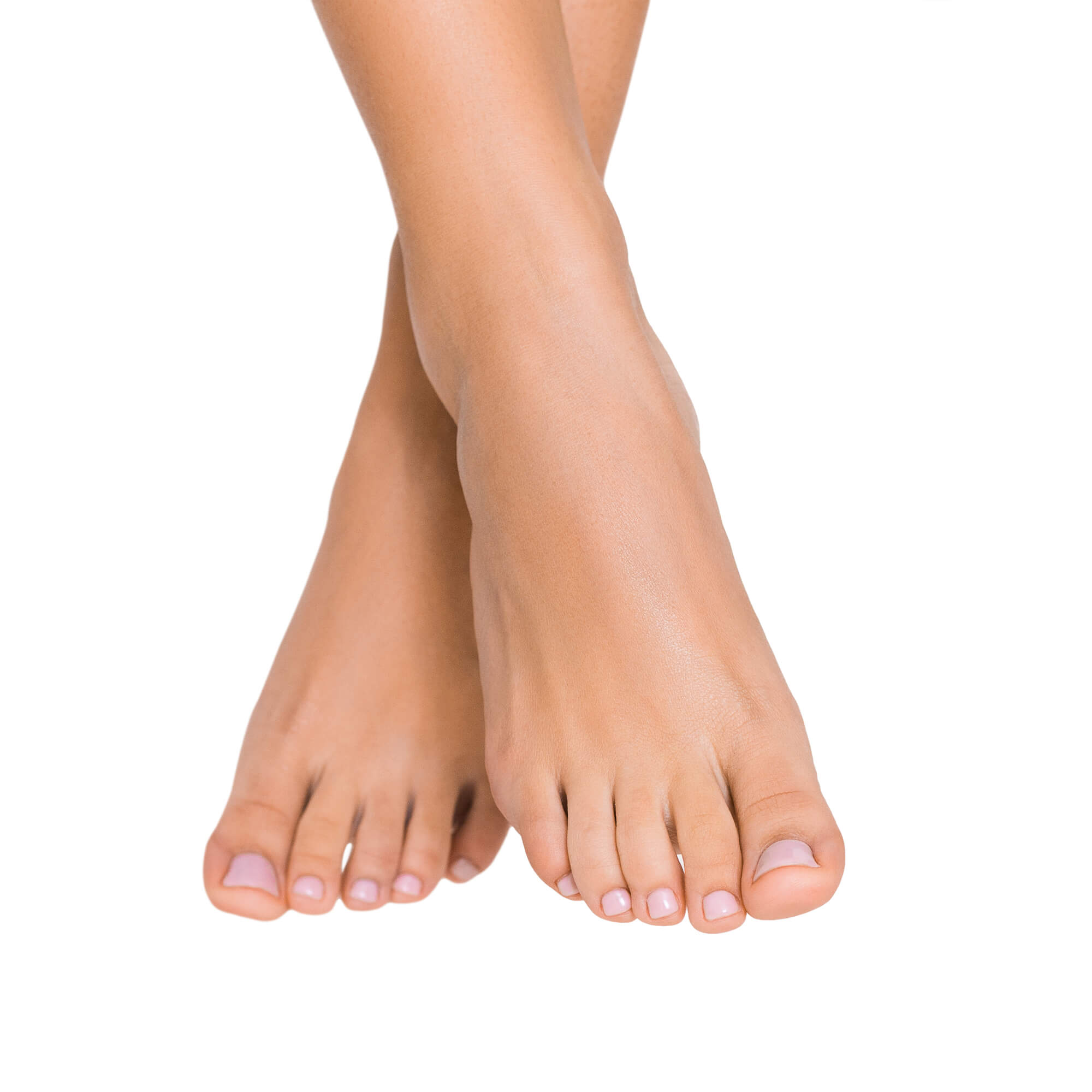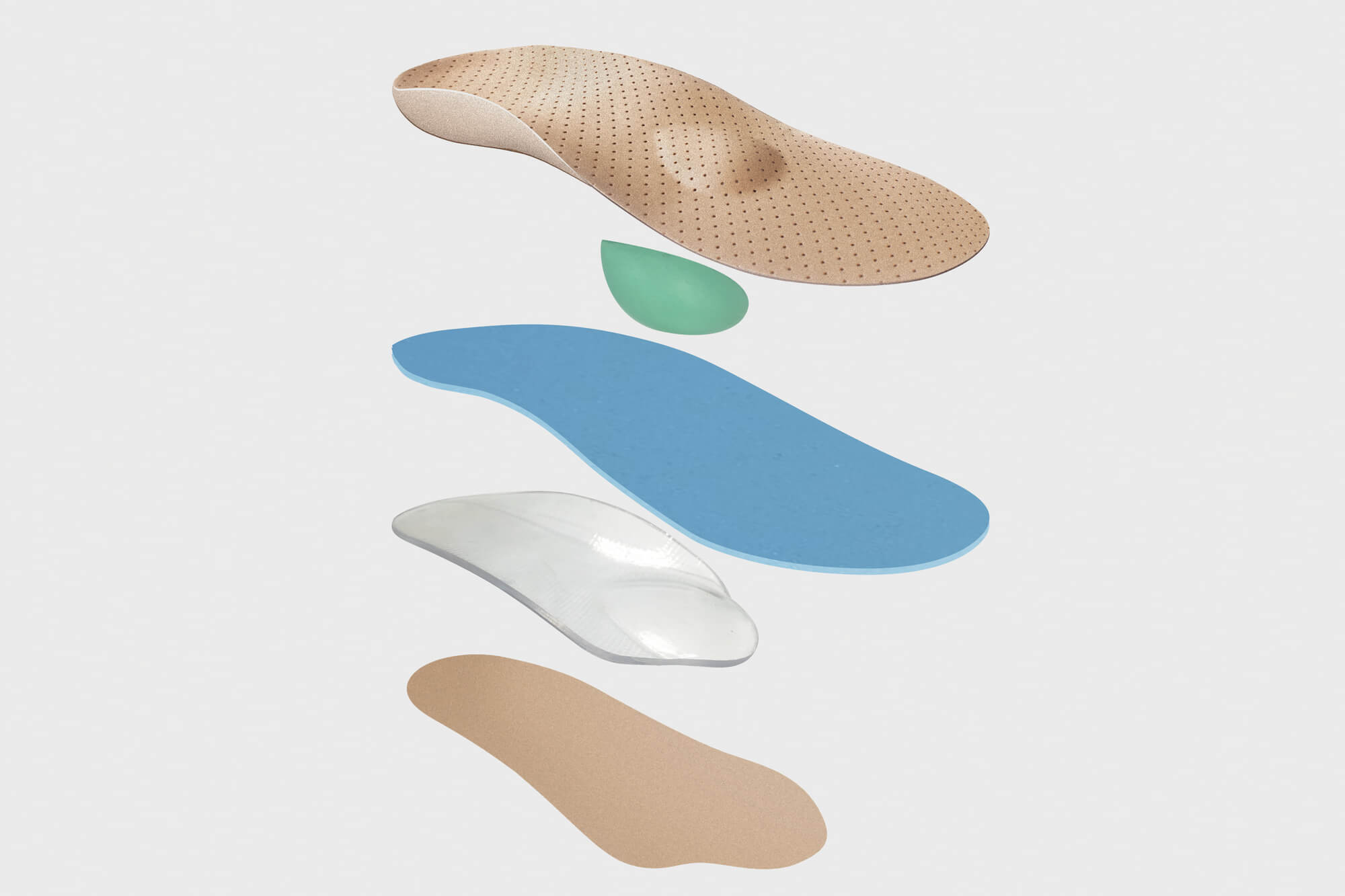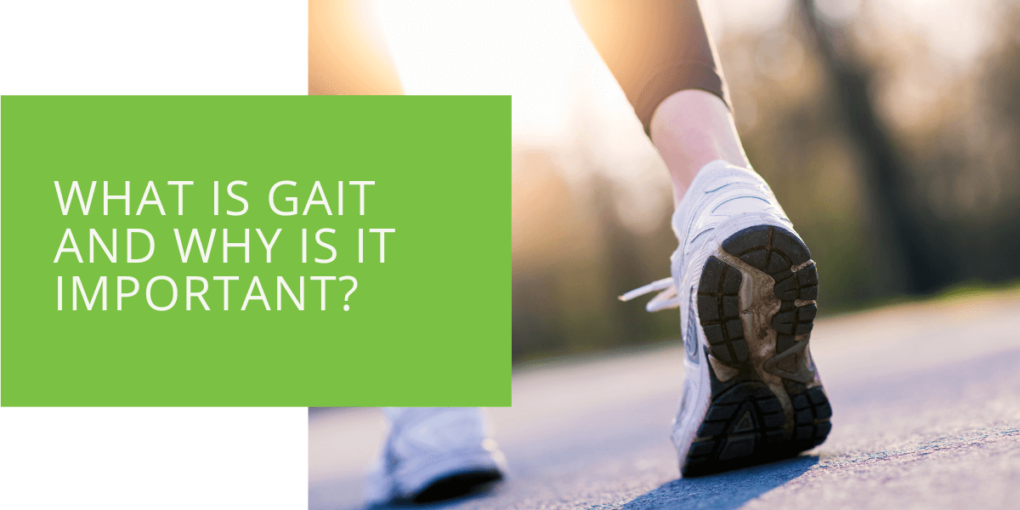What is Gait and Why is it Important?
Gait, or how we walk and move our bodies, is something that most take for granted. We may not think about it daily, but how we walk can significantly impact our health, mobility, and overall quality of life. In this article, we will delve into the world of gait, exploring what it is, why it's important, and how it can be improved.
Definition of Gait
Gait refers to the pattern of movement of the limbs during locomotion. It's how we move our legs and feet when walking, running, or even standing still. Gait is a complex process that involves the coordination of multiple muscles, bones, and joints in the body.
Purpose of Gait
The primary purpose of gait is to allow us to move from one place to another efficiently and effectively. However, gait also serves several other important functions. It helps to distribute our body weight evenly across our feet and legs, which can help to reduce the risk of injury and fatigue. Gait is also important in maintaining balance and stability, and it plays a role in our posture and overall appearance.

Elements of Gait
Gait can be broken down into two main phases: stance phase and swing phase.
Stance Phase
The stance phase of gait refers to when the foot is in contact with the ground. It's divided into three sub-phases: heel strike, mid-stance, and toe-off.
During heel strike, the heel of the foot first makes contact with the ground. This is followed by mid-stance, where the body's weight is evenly distributed across the foot. Finally, the toe-off phase occurs when the toes push off the ground to initiate the swing phase.
Swing Phase
The swing phase of gait refers to when the foot is off the ground. It begins at toe-off and ends when the foot makes contact with the ground again during heel strike. During the swing phase, the foot and leg are lifted off the ground and swung forward in preparation for the next step.

Importance of Gait
Gait is important for various reasons, including health, mobility, and performance.
Gait and Health
Proper gait is essential for maintaining good overall health. It can help to reduce the risk of injury and fatigue, and it can also help to prevent chronic conditions such as lower back pain and osteoarthritis.
Abnormal gait patterns can lead to a range of health problems. For example, people with flat feet or high arches may be more prone to foot and ankle injuries, while those with poor posture or muscle imbalances may be more likely to experience lower back pain.
Gait and Mobility
Gait is also important for mobility. It allows us to get around easily and efficiently, whether walking to the store, running a marathon, or simply moving from one room to another.
Problems with gait can interfere with mobility and make it difficult for people to move around. For example, people with gait abnormalities may have difficulty climbing stairs or walking long distances. They may also be more prone to falls, leading to serious injuries.
Gait and Performance
Gait is also important for performance, whether it's in sports, dance, or everyday activities. Proper gait can help to improve efficiency and reduce the risk of injury, while abnormal gait patterns can lead to poor performance and increased risk of injury.
For example, runners with poor gait may have difficulty maintaining their pace and may be more prone to injuries such as shin splints and stress fractures. Similarly, dancers with gait abnormalities may have difficulty executing certain moves and may be at increased risk of injury.

Assessing Gait
Gait can be assessed in various ways, including through visual observation, gait analysis, and specialized tools and equipment.
Gait Analysis
Gait analysis is studying and evaluating an individual's gait to identify abnormalities or problems. It's often used in physical therapy, rehabilitation, and sports medicine to help people improve their gait and reduce the risk of injury.
Gait analysis can be performed in a variety of ways, including through the use of specialized software, sensors, and cameras. It may also involve using force plates, treadmills, and other equipment to measure and analyze gait patterns.
Abnormal Gait Patterns
Several common abnormal gait patterns include flat feet, high arches, overpronation, and oversupination. These patterns can be caused by a variety of factors, including genetics, muscle imbalances, and injuries.
Flat feet, also known as pes planus, refer to a condition in which the arch is flattened, causing the entire sole to come into contact with the ground. This can lead to foot and ankle pain and may increase the risk of injuries such as sprains and strains.
High arches, also known as cavus foot, refer to a condition in which the arch of the foot is excessively high. This can lead to instability, an increased risk of falls, and foot and ankle pain.
Overpronation refers to a condition in which the foot rolls inward excessively during the gait cycle. This can cause various problems, including shin splints, plantar fasciitis, and knee pain.
Oversupination refers to a condition in which the foot rolls outward excessively during the gait cycle. This can cause ankle pain, foot pain, and other problems.

Improving Gait
Several ways to improve gait include gait training, using gait aids and assistive devices, and orthotics.
Gait Training
Gait training is a type of physical therapy or rehabilitation that focuses on improving an individual's gait. It may involve various techniques, including strengthening exercises, balance training, and gait reeducation.
Gait training is often recommended for people with gait abnormalities or injuries affecting their walking ability. It can be done in a clinical setting or at home and may involve specialized equipment such as treadmills, balance boards, and resistance bands.
Gait Aids and Assistive Devices
Gait aids and assistive devices can help people with gait abnormalities or mobility issues to walk more easily and safely. These may include canes, crutches, walkers, or other devices that provide support and stability.
Gait aids and assistive devices can be especially helpful for people with conditions such as arthritis, Parkinson's disease, or stroke, which can affect their ability to walk. They can also help people recover from injuries or surgery and improve their mobility and independence.
Orthotics
Orthotics are special inserts placed inside shoes to help improve gait and alleviate foot and ankle pain. They often treat conditions such as flat feet, high arches, and overpronation.
Orthotics can be custom-made by a podiatrist or purchased over the counter. They can be made of various materials, including foam, gel, and plastic, and may be designed to fit into specific shoes.

Conclusion
Gait is an essential part of our daily lives, and it's important to pay attention to how we walk and move. Abnormal gait patterns can lead to various problems, including health, mobility, and poor performance. By understanding gait and taking steps to improve it, we can enhance our overall well-being and quality of life.

